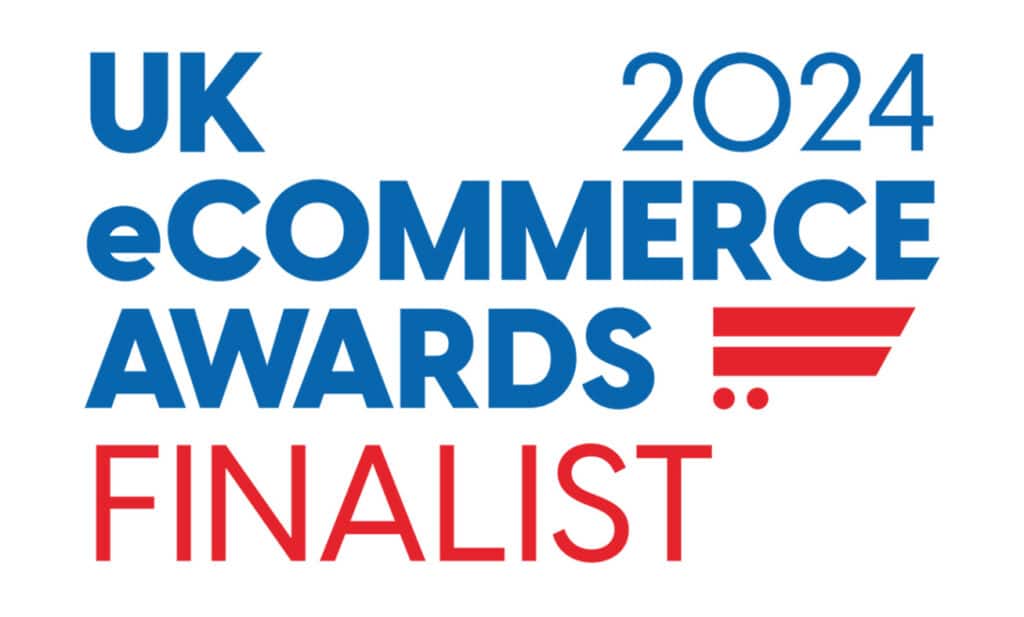During the pandemic many ecommerce businesses faced the challenge of offering the right payment choices to their online customers.
Many customers didn’t have access to traditional payment methods or were looking for something that was faster and more flexible. Now many organizations are planning to continue their digital transformation, making the choice of payment options to meet their customers’ needs a priority.
Payment options
There are many existing online payment options including:
- credit cards – one of the most popular payment methods, both offline and online.
- direct debit – accepting the equivalent of cash or a check with your customer’s bank account details.
- new payment methods – alternatives such as digital wallets like PayPal, Amazon Pay, Google Pay and Apple Pay, and buy-now-pay-later options like Affirm, Afterpay, Klarna and Sezzle are more flexible although your customers will still need their bank account or credit card details initially. However, they are certainly trends to watch, especially for m-commerce and contactless payments.
- digital currencies – while there are concerns about cryptocurrencies such as Bitcoin as payment methods a small but significant number are using this option in hospitality and leisure, technology, and insurance, for example.
Depending on your customer type, you might also offer options such as automated clearing house (ACH) payments or invoicing.
The payment process
A standard transaction will begin once your customer has added everything they want to their cart and are ready to go to the checkout where they will provide their payment details.
A payment gateway will make sure that these details are securely sent to the payment processor where the customer’s bank will confirm that there are funds to complete the transaction. The result is then returned to the payment gateway to complete the purchase. The payment processor will then issue the funds to your ecommerce merchant account or your bank, all in a few seconds.
In many cases businesses choose to use payment service providers (PSP) or merchant service providers (MSP) to manage the complete process from technical implementation to deposits in their account.
Payment requirements
Any company that accepts, processes, stores, or transmits credit card information must meet the Payment Card Industry Data Security Standard (PCI DSS).
Both you and your payment processor must be compliant, so you will need to assess their approach. Many ecommerce platform providers will offer Level 1 PCI compliance, so you will normally meet these requirements if you work with one of their listed partners.
To secure your customer’s payment information, especially if they can save their payment information for repeat purchases or regular billing, your payment processor should use tokenization. As soon as your customer’s payment information is captured the details are converted into a token that identifies them. This protects their details from hackers who might try to steal payment information.
Normally, you will be charged a percentage and a fixed fee for each transaction although some providers have a monthly subscription fee instead. You might also pay additional fees for chargebacks, disputes, and international payments. An ecommerce merchant account helps to make sure that you can offer a range of payment options to your customers and can also help to manage the fees associated with payment gateways.
The future for ecommerce payments
Reimagining banking – in 2020 people around the world made their first online purchases, with more than 13 million Latin American Visa cardholders making ecommerce payments for the first time between January and March for example.
Banking institutions have quickly developed new alternative payment and money transfer methods. New approaches to payment automation have also been needed due to the increased number of ecommerce transactions and new consumer trends. The rapid growth of digital transactions is attracting the attention of many alternative payment providers so competition to attract new online sellers is fierce.
Many customers are still concerned about using new payment methods and the risk of fraud. Building customer trust is a priority for many businesses. However, many customers are happy to check their financial information via apps and secure sites on mobile devices. Banks and other financial bodies are still looking for effective ways to respond to these changing customer preferences.
Financial challenges – financial exclusion is an issue facing many companies that plan to increase their reach globally. Alternative payment options for underbanked customers present two major challenges; providing multiple money transfer platforms without compromising customers’ personal or financial information and enabling customers to confirm their digital payments in real time.
Collaborations – partnerships between banks and digital payment providers could create new and sustainable channels for ecommerce transactions. Easy communication and accessibility will also help to connect businesses with their customers, so understanding their needs and preferences will be essential. For ecommerce companies a flexible payment strategy that recognizes local and cross-border payment requirements will be essential.
Innovative payment products – in the US over two thirds of retailers now accept some type of contactless payment and in Europe three quarters of in-store payments are contactless. Near-field communication (NFC) contactless payment cards (EMVs) and tap and go QR codes are likely to become even more popular.
Use of smartwatches and home assistants that can execute payments is also expected to increase.
Security is an increasing priority for payment companies and they are expected to make more use of artificial intelligence (AI) and machine learning (ML) to detect and prevent security breaches. Futuristic facial recognition, biometric and voice-enabled payments could all become everyday applications in the future.
For advice about choosing the right payment options for your ecommerce business speak with one of our experts.








